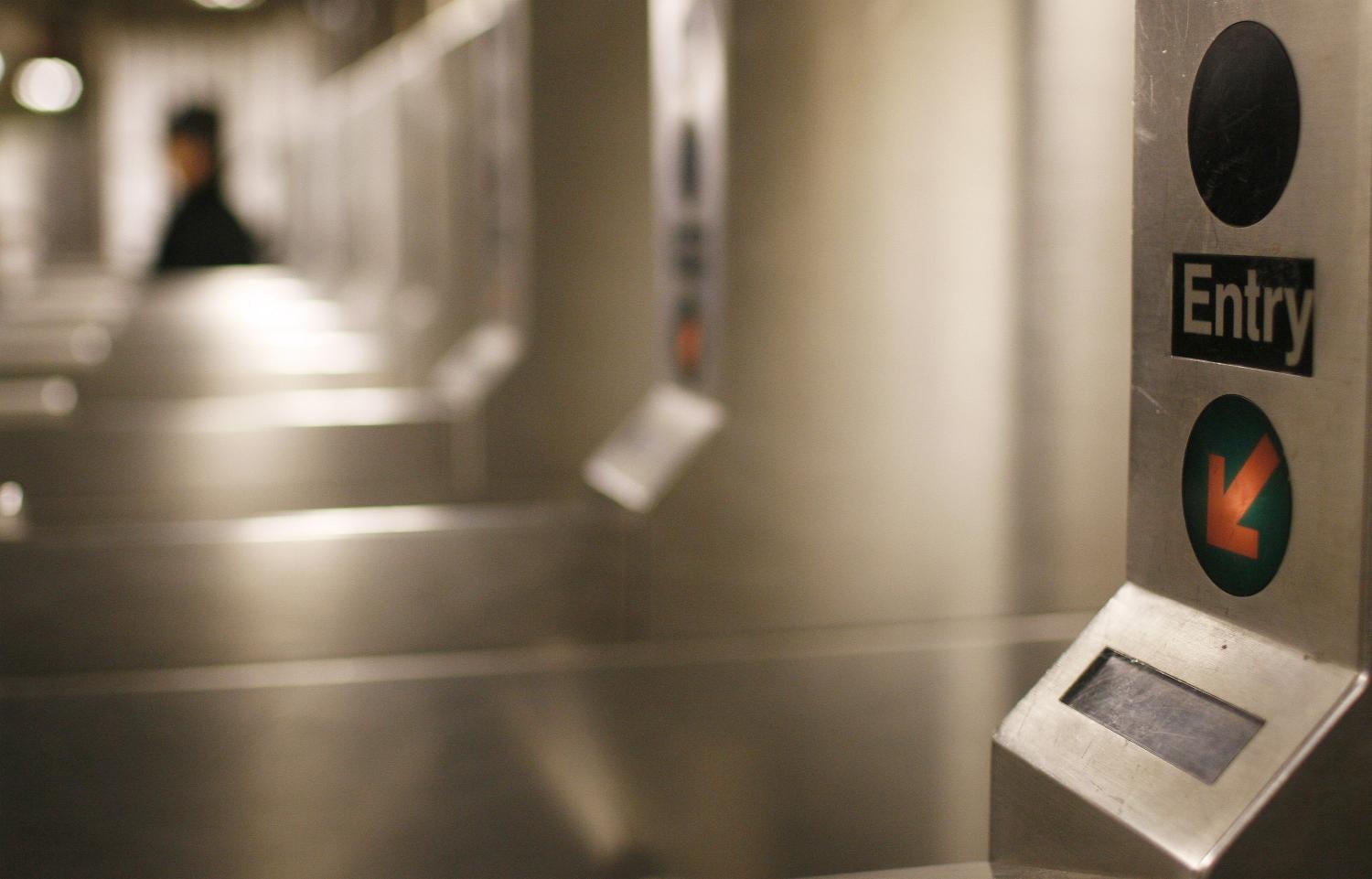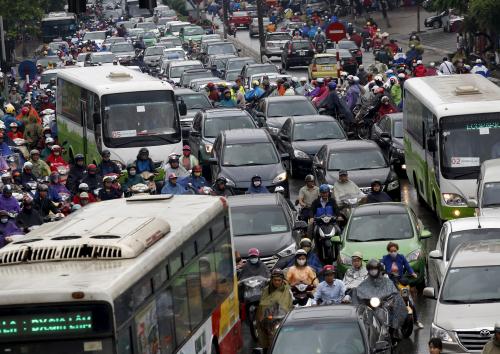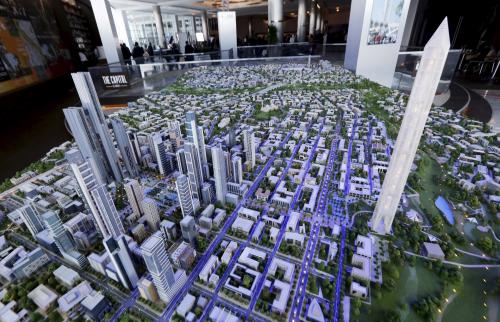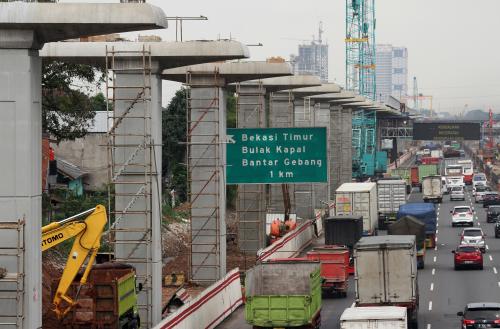 In today’s urbanizing world, facilitating intra-city travel deserves priority because it affects factor productivity, employment, livability, and overall welfare. Achieving the desirably inclusive level of urban accessibility—defined as the ability of a local transportation system to connect people with key destinations—calls for a coordinated approach to planning and implementing land use, managing demand, and building multimodal transport infrastructure.
In today’s urbanizing world, facilitating intra-city travel deserves priority because it affects factor productivity, employment, livability, and overall welfare. Achieving the desirably inclusive level of urban accessibility—defined as the ability of a local transportation system to connect people with key destinations—calls for a coordinated approach to planning and implementing land use, managing demand, and building multimodal transport infrastructure.
Developed and developing countries have been struggling to improve urban access. The former are challenged by the need to replace and upgrade legacy infrastructure, modify entrenched land use patterns, and accommodate the needs of aging populations. The latter need to come to grips with rapid and frequently chaotic urbanization that is running far ahead of developmental capabilities. Perhaps most notably, though, both need to employ novel solutions for mobilizing financing and arranging the funding for infrastructure in order to close existing gaps and to accommodate the growth in demand.
In short, cities need to better respond to urban access concerns, and funding and finance play a key role. The way urban leaders finance and fund transportation services is a major determinant of how well residents can connect to economic opportunities.
Urban transport infrastructure tends to be “lumpy” in its ownership and financing. Much of it is financed by transfers, grants, and low-interest loans from the central government. How much tends to vary from place to place, but, for most growing cities, it is never enough. Fiscal arrangements between cities and higher-level governments assign certain expenditure responsibilities to municipalities along with revenue. As the taxes (property, income, sales), fees, and charges assigned to municipal governments rarely generate enough revenue, municipal governments have sought to capture some of the value created by infrastructure spending through a variety of impact and betterment fees.
Some of the larger, better-managed cities with broader economic bases supplement fiscal resources through borrowing from banks and by floating bonds—generally with the approval of the central government. As this too does not always cover the shortfall, cities seek financing from the private sector and enter into a variety of public-private partnerships (PPPs). These have become increasingly popular, as growth of fiscal resources has stagnated while demand for urban access has continued its upward ascent. PPPs, especially for long-lived transport projects, can be problematic, and renegotiation is not uncommon. Nevertheless, cities in all countries are persevering. Once they learn the ropes of bidding, monitoring, regulating, and pricing, some of the difficulties are likely to ease.
Needless to say, improving urban access calls for effective governance. Good leadership—combined with improving governance structures and meritocratic staffing—certainly helps, but achieving and sustaining good governance in the vertical and horizontal domains can be a considerable undertaking for countries at all levels of development. While governance will remain a priority, it is unclear that mediocre albeit adequate governance necessarily holds back the economic performance of cities so long as they can muster the private entrepreneurial energies and the private sector can finance investment in productive assets.
Looking ahead, funding and financing access will remain a key concern of policymakers. Cities’ ability to improve urban access for their residents and firms will depend upon how well they balance economic growth with their changing urban form. Globally, the risk is that urbanization will become increasingly bimodal, with successful cities attracting talent, resources, and technological investments that reinforce their lead over the rest, while cities that are geographically disadvantaged, were late starters, have poor governance, or are hobbled by the decline of a major industry will be left behind. Urban leaders must determine where their cities are located on this continuum, and deploy financial and fiscal tools within their own unique urban and economic context to build a more accessible urban environment.






